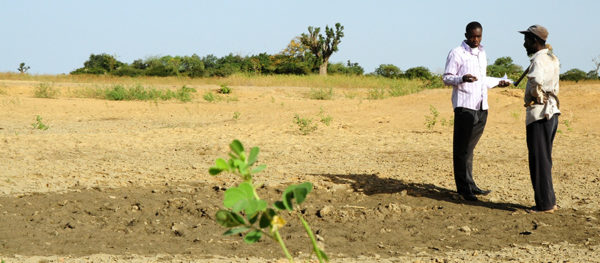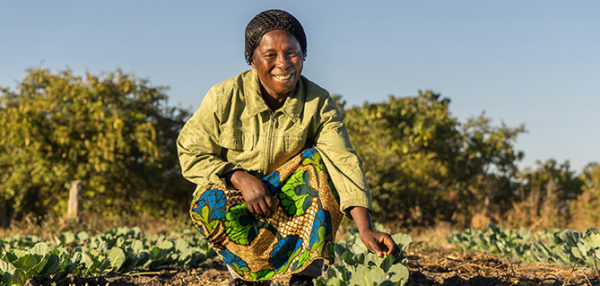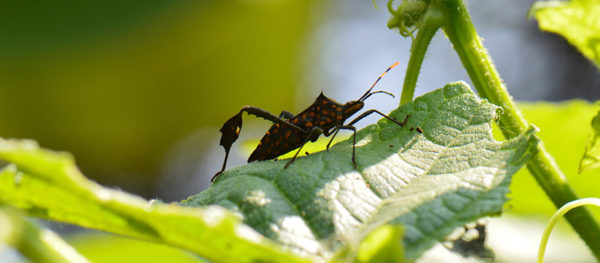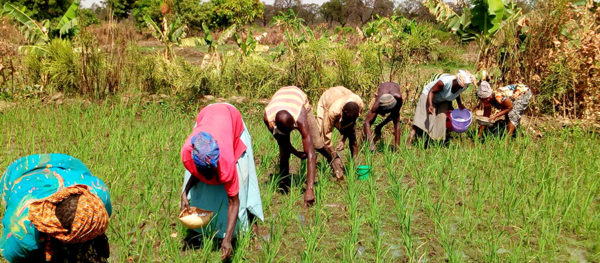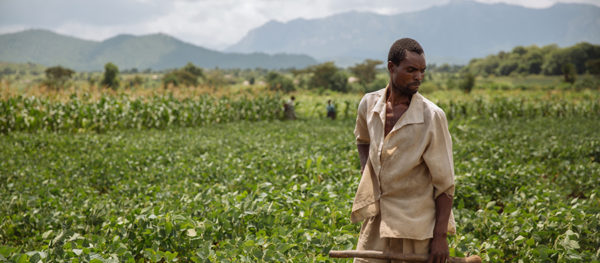Tag: agroecology in action

What is the Resilience Deficit and How is it Being tackled in the Sahel?
Africa & Middle East: How agroecology can help overcome the resilience deficit in the Sahel and boost farmers' livelihoods.
Read MoreThe Future of Farming: Hi-Tech Solutions for Ongoing Challenges
Global: Farming First reports back from discussions around the future of farming at this year’s UN Committee on World Food Security (CFS) meeting in Rome.
Read MoreUsing Innovation as a Pathway to Sustainability
Africa & Middle East: Innovation and agroecology can work together to protect ecosystems and achieve zero hunger.
Read MoreInvesting in Technology Transfer to Ensure no Farmer is Left Behind
Africa & Middle East: Innovations that contribute to sustainability should be made more widely available to farmers, says the Secretary General of WFO.
Read MoreAgroecology in Action: Keeping Pests at Bay in the Safest Way
Latin America & the Caribbean: Fintrac President tells Farming First how her team works with farmers to create maximum pest resistance with minimal environmental impact using Intergrated Pest Management.
Read MoreAgroecology in Action: Building Healthier Soils and a Healthier Planet
Northern America: Dr. J. Scott Angle, CEO of IFDC, discusses how Integrated Soil Fertility Management can help soils to stay healthy and grow the food our planet requires both now and in the future.
Read MoreAgroecology in Action: with Professor Tim Benton
Global: What is agroecology? How can farmers be encouraged to adopt its principles? Professor Tim Benton discusses this topic in this new guest blog ahead of FAO's agroecology summit.
Read More